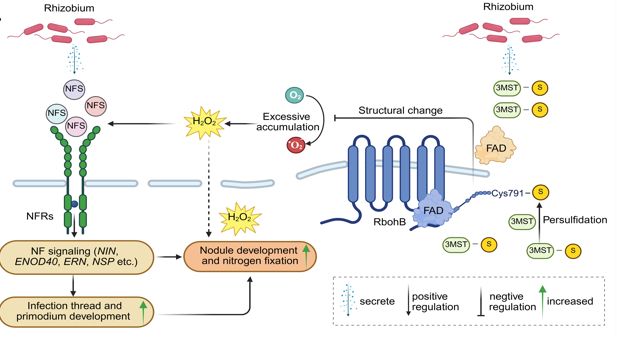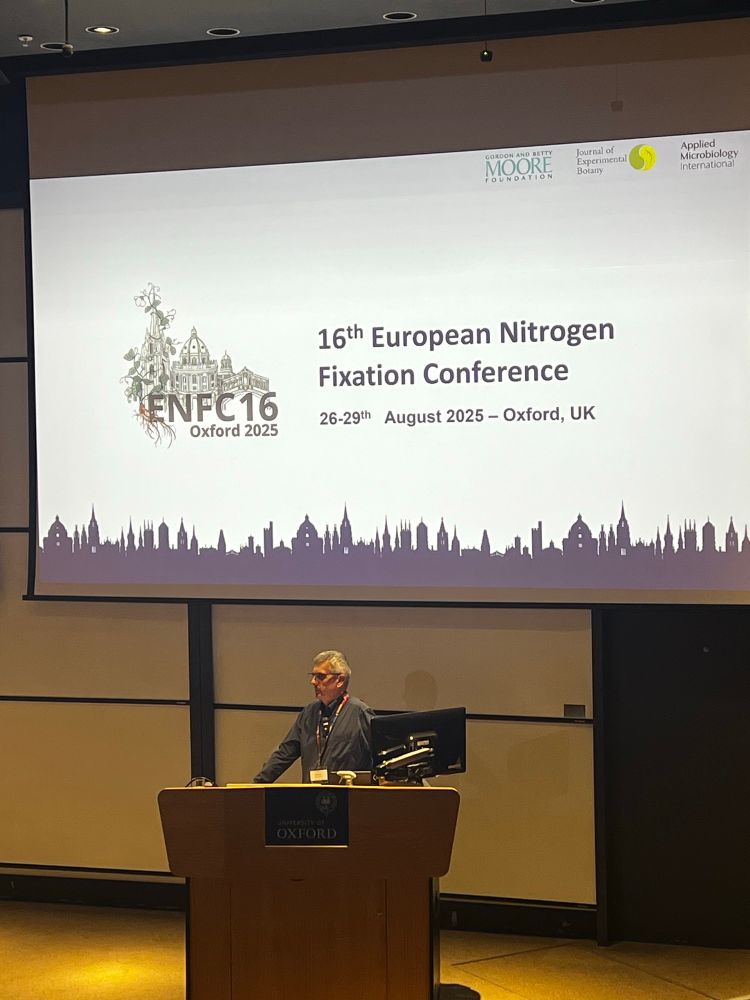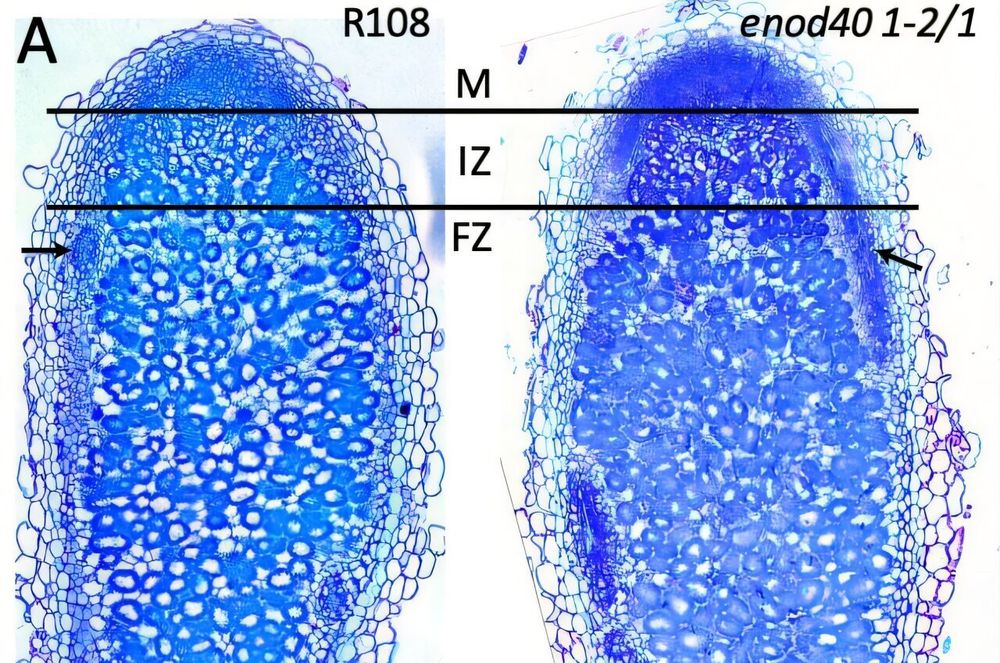
journals.asm.org/doi/10.1128/...
@asm.org #JBacteriology

journals.asm.org/doi/10.1128/...
@asm.org #JBacteriology

Heterologous expression of nodulation signaling pathway genes ...

Heterologous expression of nodulation signaling pathway genes ...

Check out how soil microbes and nutrient inputs influence root nodulation and tree performance: tinylink.net/dV8Mr 🌳🦠🍄

Check out how soil microbes and nutrient inputs influence root nodulation and tree performance: tinylink.net/dV8Mr 🌳🦠🍄
- Senescence limits alfalfa’s nitrogen-fixing power
- Here: the miR396b-MsGRF1c-MsGS2 pathway regulates nodule senescence via ROS, opening paths to stronger nitrogen fixation & higher yield.
📖 doi.org/10.1111/tpj.70468

- Senescence limits alfalfa’s nitrogen-fixing power
- Here: the miR396b-MsGRF1c-MsGS2 pathway regulates nodule senescence via ROS, opening paths to stronger nitrogen fixation & higher yield.
📖 doi.org/10.1111/tpj.70468


➡️ Join me at the Regulation of Nitrogen Fixation session on Wednesday to discuss about the epigenetic regulation of nodulation 🍀🧬🦠

➡️ Join me at the Regulation of Nitrogen Fixation session on Wednesday to discuss about the epigenetic regulation of nodulation 🍀🧬🦠
Full paper in @pnas.org doi.org/10.1073/pnas...

Full paper in @pnas.org doi.org/10.1073/pnas...






